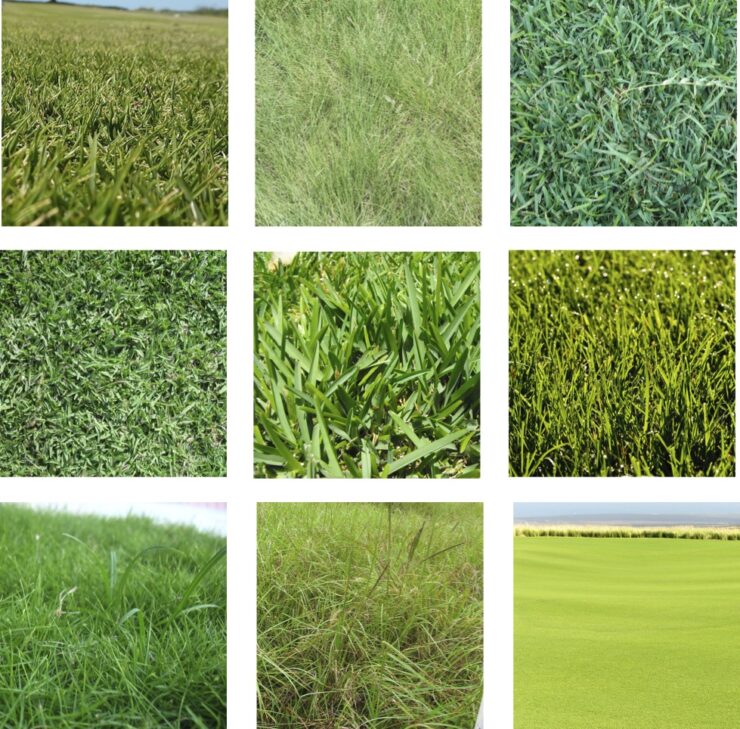Texas is known for its wide variety of grass species, with more than two hundred varieties native to the state. Whether you’re trying to find the best species for your lawn or just curious about what types of grass grow in Texas, this guide will provide you with an overview of the most common ones and their characteristics. We’ll also discuss how to care for each type of grass, as well as some tips on choosing the right one for your location. Read on to learn more about the different types of grass in Texas!
Bermuda Grass
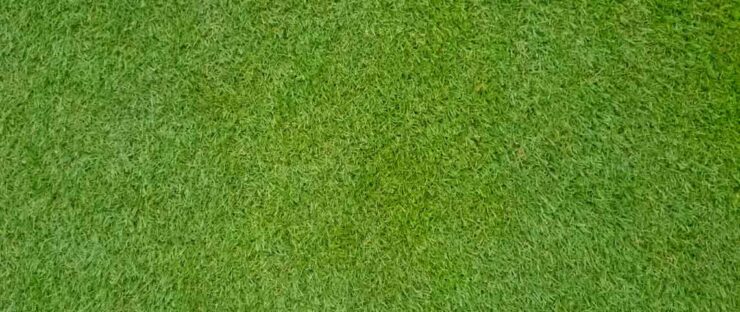
Bermuda grass is a type of turfgrass that is popular in warm climates. It is known for its ability to withstand high temperatures and heavy foot traffic. This grass is also relatively drought-tolerant, making it a good choice for areas that receive little rainfall.
If you are considering planting Bermuda grass, there are a few things to keep in mind. It does best in full sun. It will struggle to survive in shady areas. Also, Bermuda grass has a high level of activity, meaning it will spread quickly and vigorously. This can be a good thing or a bad thing, depending on your desired outcome. If you want a lawn that covers a large area quickly, Bermuda grass is a good choice. However, if you want a more contained lawn, you may want to consider another type of turfgrass.
Bermuda grass is also known for its ability to tolerate salt. This makes it a good choice for seaside landscapes. However, too much salt can damage the grass and make it more susceptible to disease. If you live in an area with high levels of salt in the air or soil, it is important to monitor the level of salt exposure your Bermuda grass receives.
When choosing a Bermuda grass variety, there are several factors to consider. Some varieties are better suited for certain climate conditions than others. Be sure to select a variety that will do well in your particular climate zone. Also, consider the level of care required when selecting a variety. Some require more frequent mowing and fertilizing than others.
Keep in mind that Bermuda grass can be invasive, especially in areas with warm climates. Be sure to take steps to contain your lawn and prevent it from spreading into adjacent yards or gardens.
St. Augustine Grass
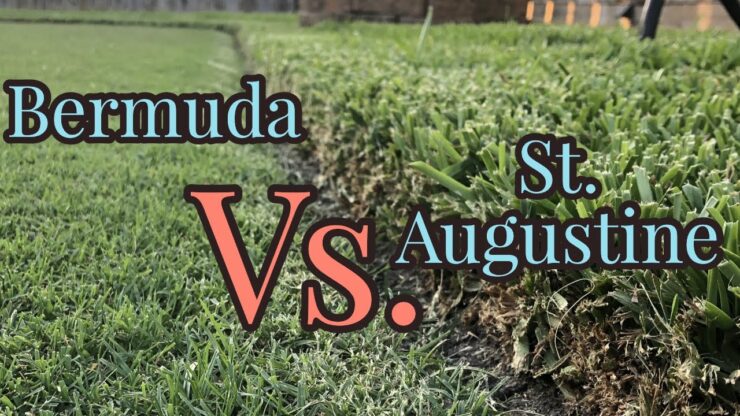
As one of the most popular turfgrass options, St. Augustine grass (Stenotaphrum secundatum) is known for its thick, lush lawns. This warm-season grass grows best in regions with long, hot summers and mild winters.
While it is a bit more difficult to establish than some other turfgrass options, once it is established, this type of grass is very tolerant of heat, drought, and heavy foot traffic. It also has good salt tolerance, making it a good choice for coastal regions.
If you are looking for a beautiful lawn that will stand up to the challenges of a southern climate, St. Augustine grass may be the right choice for you!
Fescue Grass
Fescue grass is a type of turfgrass that is commonly used in lawns and other landscaping projects. It is a hardy grass that can tolerate a wide range of conditions, making it a popular choice for many homeowners.
There are several different types, each with its own unique characteristics. Tall fescue is a common variety that is known for its ability to withstand high traffic areas. Fine fescue is another popular type that has a softer texture and is often used in shady areas.
Fescue grass generally does not require a lot of maintenance, but it is important to keep an eye on the health of your lawn. Regular mowing and watering will help to ensure that your fescue grass stays healthy and looks its best.
Ryegrass
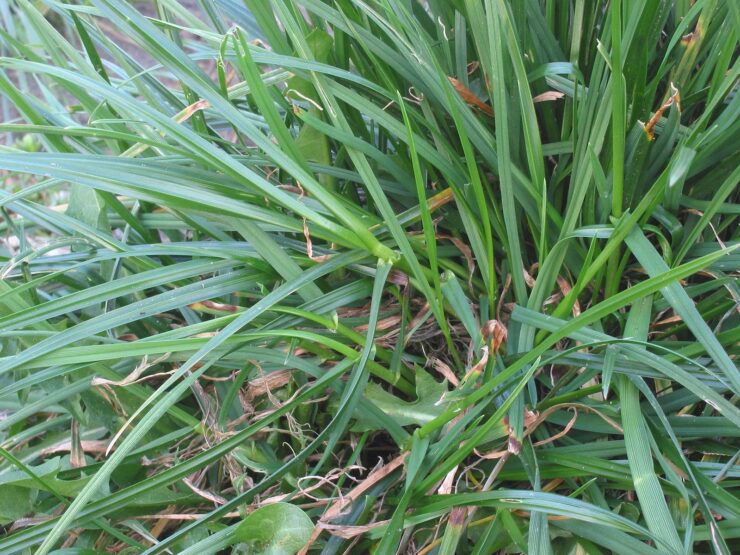
Ryegrass (Lolium perenne) is a cool-season grass that is widely used in lawns, pastures, and turf. It is a hardy, drought-tolerant grass that can withstand heavy traffic and is one of the most popular choices for sod. It has a high tolerance to cold and heat, making it an ideal choice for both northern and southern climates. It is a fast-growing grass that can be mowed short without damaging the turf. Ryegrass is also resistant to many common diseases that affect other types of grass.
Zoysia Grass
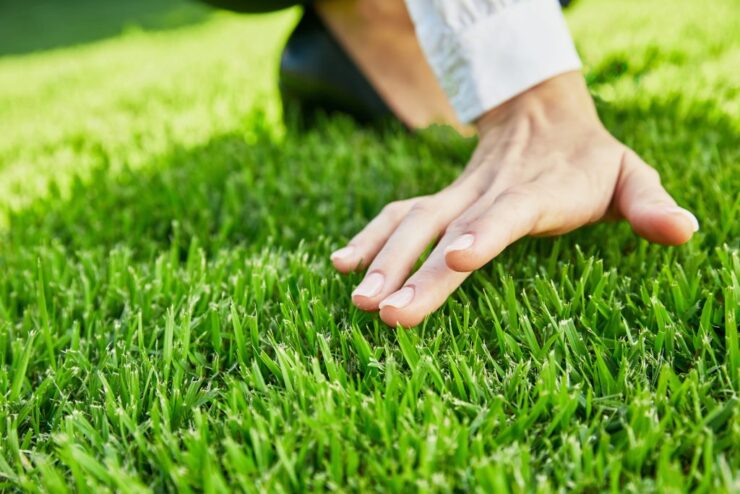
Zoysia grass is a type of turf grass that is commonly used in lawns and landscaping. This grass is known for its thick, lush growth and its ability to withstand heavy traffic. Zoysia grass is a warm-season grass, meaning it thrives in hot weather and goes dormant in cold weather. This grass is native to Asia and was introduced to the United States in the early 1900s.
There are many different types, but the most common one used for lawns is Zoysia japonica. This grass has a deep green color and thick, course blades. Zoysia japonica is a slow-growing grass, so it doesn’t need to be mowed as often as other types of turfgrass. This grass also has a high tolerance for drought and salt, making it a good choice for coastal areas.
If you’re looking for a low-maintenance lawngrass, it may be the right choice for you. This hardy grass can tolerate neglect and still maintain its lush growth. Zoysia grass is also tolerant of shade, so it can be used in areas where other turfgrasses would struggle to survive.
Centipede Grass
Centipede grass is a type of warm-season turfgrass, known for its low maintenance requirements and ability to tolerate shady conditions. This grass does not require much fertilizer or water, and it is resistant to pests and diseases.
Carpet Grass
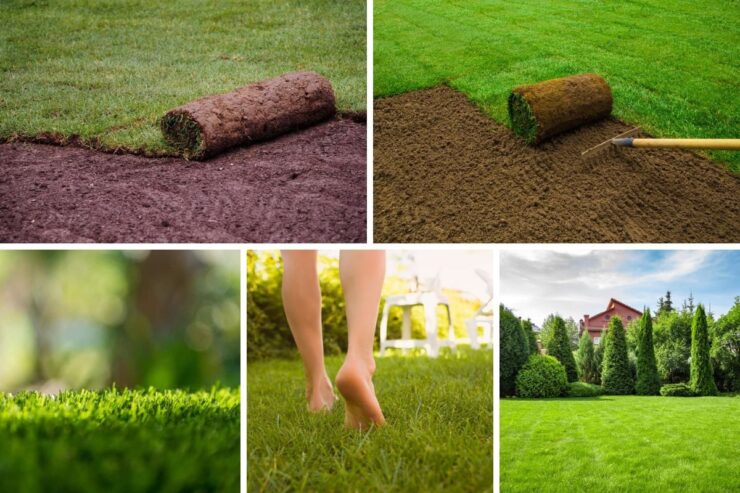
Carpet grass (Axonopus affinis) is a warm-season, perennial turfgrass that is adapted to a wide range of soil types and prefers full sun to partial shade. It is tolerant of drought and salt, making it a good choice for lawns in coastal areas. Carpet grass spreads by both rhizomes and stolons, so it forms a dense mat that can be difficult to control.
Conclusion
With so many types of grass in Texas, it can be difficult to choose the right one for your lawn. But by researching each type and considering your needs, you’ll be sure to find a grass type that works best for you. From drought-tolerant Bermuda grass that thrives in hot and dry conditions, to cool season fescues that flourish during cooler weather, there’s something for everyone in Texas. We hope this article has given you all the information you need on the various types of grass available so you can make an informed decision when selecting your new lawn!

